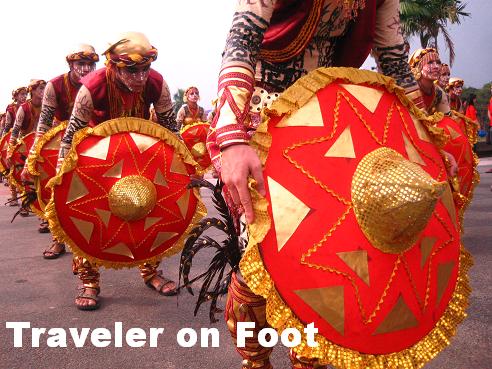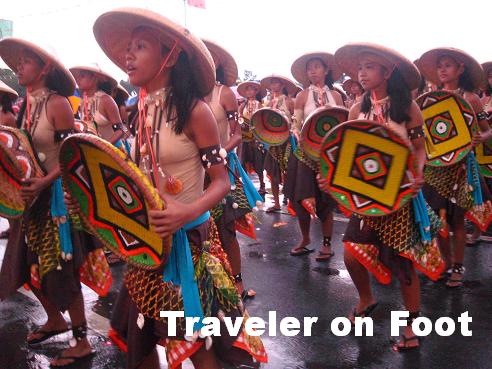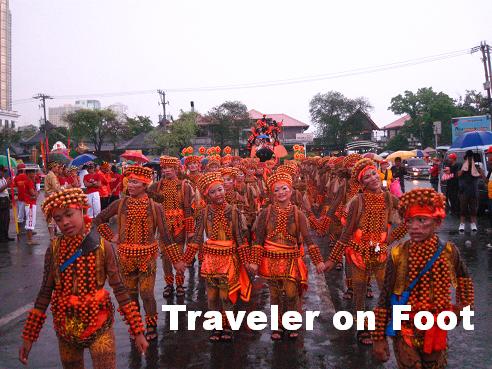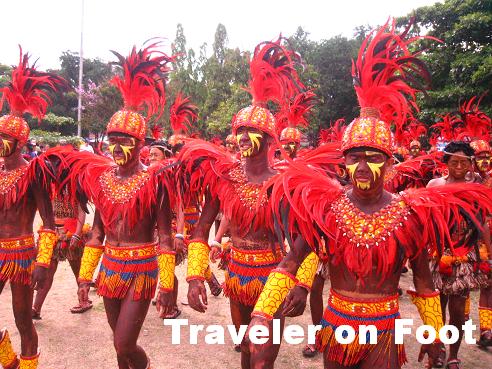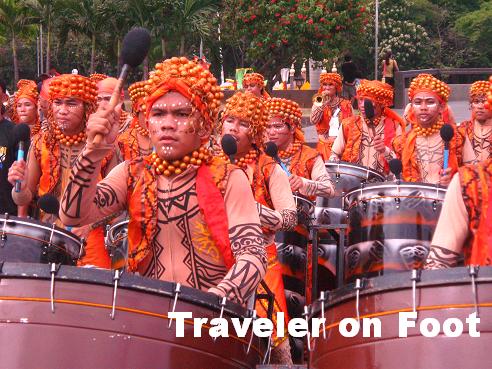ANGKAS WITH JOE. I knew that I will be spending a great time in Negros Occidental when I saw patches of cotton-like cumulus clouds around Mount Kanlaon from the window seat.
Touchdown. A welcome party awaited me in Silay Airport led by Roedil Geraldo. This Negrense artist is fondly called by his friends and in art circles as Joe. He is the sculptor known to source the main material for his wild terracotta figures from termite mounds and would bake them applying the ancient way of open-fire method.
PINTURA NEGRENSE. A month before this trip, Joe and I planned out this four-day Negros odyssey to make sure that my itinerary covers more than just historic and heritage sites but also visits to artist’s studios. From Silay Airport, we sped off on two motorbikes en route to Victorias to view Alfonso Ossorio’s Angry Christ. Like riders in tandem, our little motorcade revved on. As a skilled biker, Joe zoomed on good roads that cut through the immense cane fields of the Sugarlandia and raced against trucks loaded with sugarcane.
By noontime, we were out of the cane fields and entered cosmopolitan Bacolod City where Joe introduced me to iconic Negrense artists. The bold colors, radical themes, and inherent angst that transform rural images and social issues into diverse expressionistic styles are present in the home studios of
Charlie Co, Rodney Martinez, Rafael Paderna, and Jecky Alano.
GERALDO’S MIDDLE EARTH. I was first introduced to Joe’s works in Pinto Art Museum where his terracotta sculptures from his Yakap series are part of the museum’s permanent exhibit. I was immediately drawn to his surreal stylized figures that recall Tolkien’s characters from Middle Earth only that these are Joe’s peculiar but honest criticisms on human values and behaviors.
In 2016, I was able to save up for a piece from the same series, which I got from Kaida Contemporary and another of his early work from an antique shop in Ermita. Later that year, I invited Joe into our home where he brought in a Bayanihan sculpture and a terracotta mask. I can retell the story of each piece as were narrated to me by the artist that made them but the storytelling and art became overwhelmingly exciting when it was my turn to visit Joe in his atelier in Talisay City.
EPILOGUE: GARDEN OF EARTHLY DELIGHTS. For my first two days in Negros, I stayed in Joe’s three story home studio where any visitor would immediately get the impression that the artist wanted his sculptures to be viewed alongside each other in his atelier.
Each floor is filled with his terracotta sculptures and the exhibit spills to the roof top garden where my room is set to enjoy all these earthly delights.







